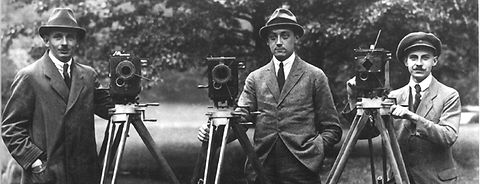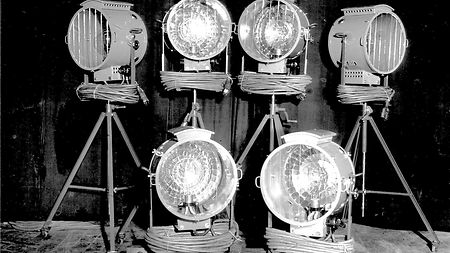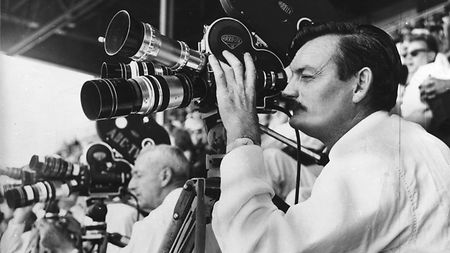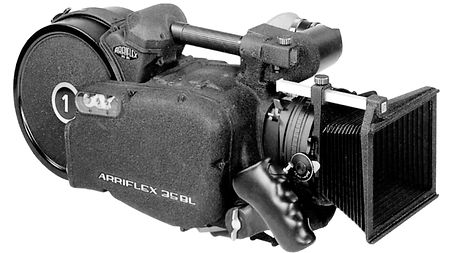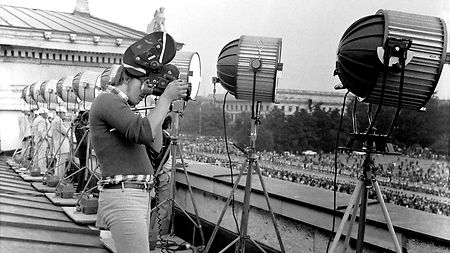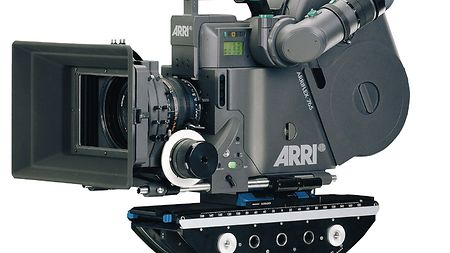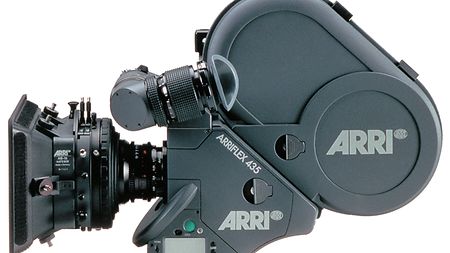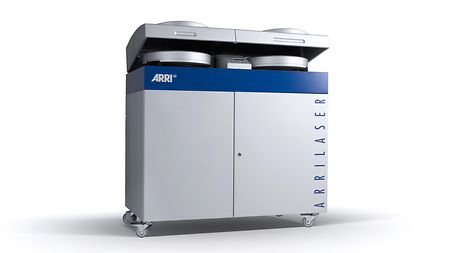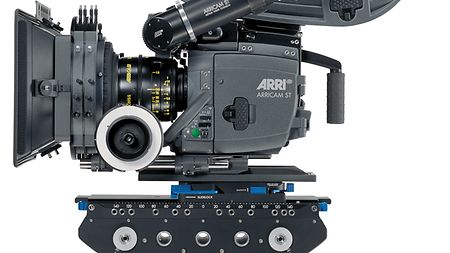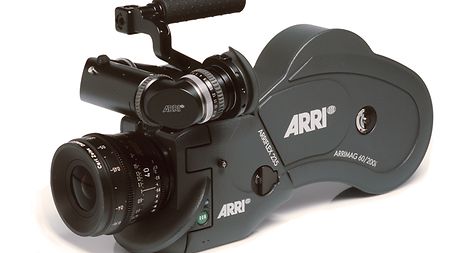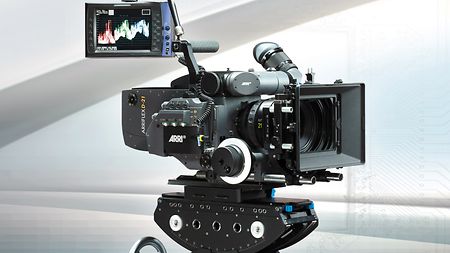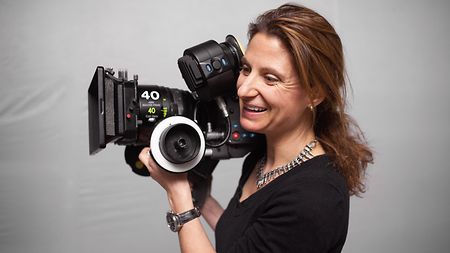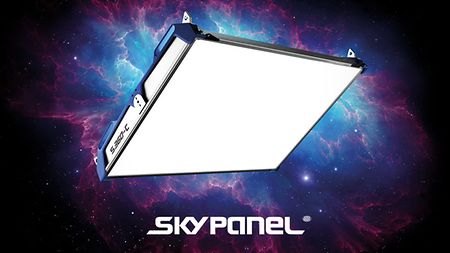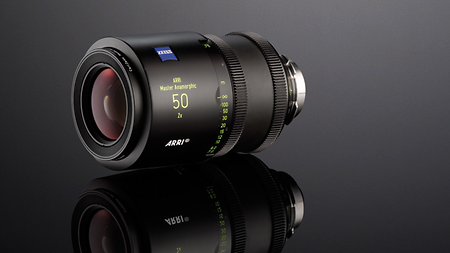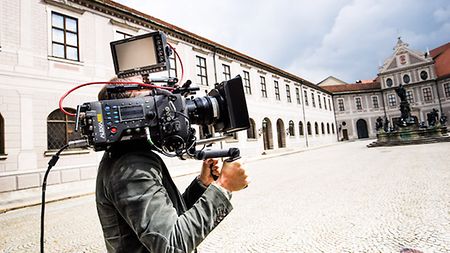2009 – 2014: The Birth of ALEXA and SkyPanel
IBC, Amsterdam, September 2009—a pivotal moment. Some have said that ARRI bet the company on this new digital camera. The ARRI booth was very quiet, very tense in the minutes before IBC opened. Would anyone show up? Would they notice the three prototype ARRI digital camera “sisters” that were presented as wooden models, code-named ALEXA EV, ALEXA EV-Plus, and ALEXA OV-Plus? The doors to IBC Hall 11 opened at 10 a.m. Five minutes later, the ARRI team was smiling. Throngs of DPs and rental houses were swarming the booth, placing orders. By the end of the show the name “ALEXA” had caught on, and it seemed difficult to imagine calling these cameras anything else when they went into production in mid-2010.
There were a number of things in ALEXA’s favor. It looked and felt like an ARRI film camera: solid, rugged, ready to endure life on location. It was easy to use. The menu and buttons seemed like old friends, not much different from an ARRICAM. Most important of all, the images had a filmlike look. The dynamic range, the range of exposure, was similar. Highlights and shadow areas could be exposed in familiar ways, using a light meter instead of a waveform monitor if you liked. It did not look like video. Somewhat later, Roger Deakins said, “This camera has brought us to a point where digital is simply better.” What really mattered was that cinematographers, directors and audiences liked the way the image looked. They found it pleasing. It matched their expectations during the transition from film to digital. It was comfortable. The controls were familiar. They felt at home.
ARRI’s image experts, with years of experience working in postproduction, color science and image aesthetics, had conducted extensive research on how pictures should look and what image processing would be required to achieve cinematic imagery from digital capture. As Franz Kraus explained, “People thought that because ARRI made film cameras, how could they possibly have a successful digital camera? That would have to be luck. No, it was hard work over many years, starting with the ARRILASER.”
In the transition from analog technology to digital, the ARRI team had experience with film and digital cameras—the user interface, wireless control, micro controllers, CMOS sensors, FPGA-based image processing. “We had done these things before and benefitted from the 235 and 416 designs. Why should digital capture have a totally different user interface? Shooting takes place not for technical reasons but for creative ones,” Franz Kraus added.
When the original ALEXA 35 mm digital camera was presented to the filmmaking community, it was positioned “for HD television, commercials and a few features,” with the promise that “uncompromised and uncompressed 4K resolution will remain in the domain of 35 mm film for some time to come.” That humble camera for “a few features” went on to become one of the most successful digital cine cameras of all time, capturing 80 percent of major motion picture productions by 2017.
